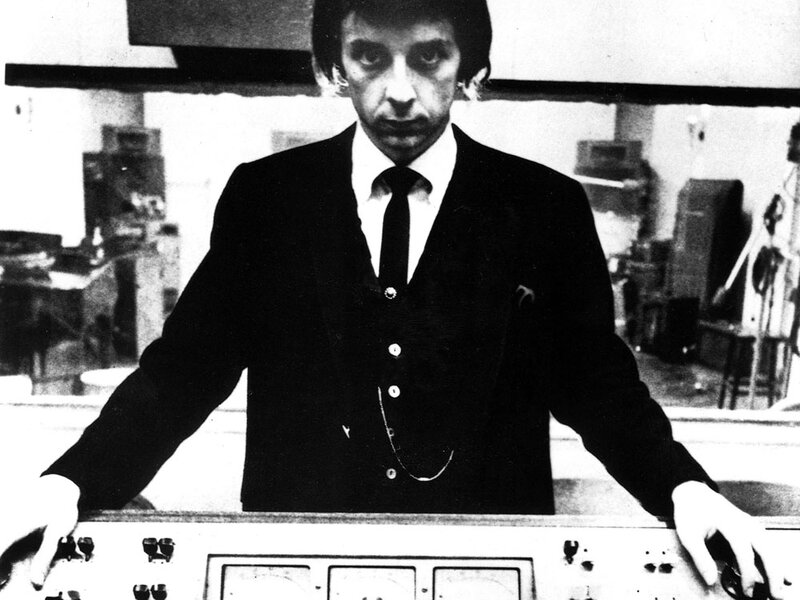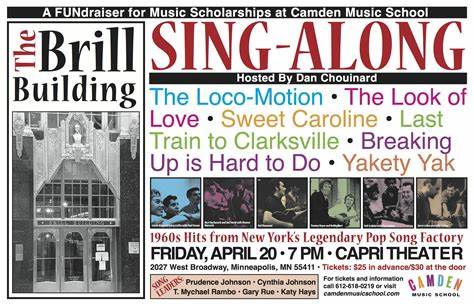Three Early Sixties Rock ‘n’ Roll Influencers
All of these acts thrived amid the screaming roar of the Fab Four.
Prologue
In March 1963, after being brushed off the charts with songs like “Ten Little Indians,” the Beach Boys finally hit it big with “Surfin’ U.S.A.” The song shot up to #3 on Billboard’s Hot 100. By the year’s end, the Beach Boys were the biggest band in America. Four #1 hits followed.
It seems that head Beach Boy Brian Wilson had some mojo in his pocket. He hooked up with the Wrecking Crew, an array of an elite, all-purpose studio musicians based in Los Angeles, to invigorate the Beach Boys’ sound. Competing with the Beatles became Wilson’s obsession.
The Wrecking Crew, in turn, was the driving force behind creating Phil Spector’s vaunted Wall of Sound.
Here’s a 2+ minute video about making the Beach Boys’ #1 hit, “Good Vibrations.” You’ll get to know some of the people who played anonymously on thousands of rock ‘n’ roll records. Ben Childs publishes it via YouTube:
Three Influencers
1) Phil Spector’s Wall of Sound/Wrecking Crew/Brian Wilson
In 1963, a new label on the scene, Philles Records, yielded two top-five hits: “Be My Baby” by the Ronettes and the iconic “Da Do Ron Ron (When He Walked Me Home)” by the Crystals. The songs were produced by newcomer Phil Spector, who finally got his chart-topping hit in 1964 with the Righteous Brothers’ “You’ve Lost That Lovin’ Feeling.” From the Financial Times:
Spector’s pursuit of a “perfect” sound resulted in grueling marathon rehearsal and recording sessions. For him, the set-up of the studio and instruments was as integral to a song as its composition or performance. he demanded 42 run-throughs of “Be My Baby” before giving the green light for the track to be taped.
Brian Wilson would later admit that “Be My Baby” was “where I learned how to produce records.”

Phil Spector in his salad days. His perfectionism would cause major problems later in life. Source: Pacific Standard
River Deep, Mountain High
So what is a Wall of Sound? Spector deployed the expert musicians of the Wrecking Crew to create a dense orchestral soundscape using multiple layers of audio overdubs. You can certainly get a sense of that on Ike & Tina Turner’s “River Deep, Mountain High,” said to be Spector’s early masterwork. Spector used 20 background vocalists to go along with 20 session musicians.
Here is a video of the original 1966 version, length of three minutes, and 35 seconds, with Tina performing without Ike Turner, published by Sam Toucan via YouTube:
2) The Byrds invent folk rock, country rock, and psychedelic rock
The impact of the Byrds on rock ‘n’ roll should not be understated. The band, with its signature crystalline harmonies and Roger McGuinn’s “jangly 12-string Rickenbacker guitar,” released its debut album, Mr. Tambourine Man, in June 1965 containing mostly covers of folk songs. The Dylan-penned title song was a factor in bringing the folksinger to the attention of rock audiences (though Dylan’s electrified appearance at the Newport Jazz Festival the next month iced the deal).
Shortly thereafter, the coined term folk rock became synonymous with the Byrds.

The Byrds with the late David Crosby (L) and Roger McGuinn in the foreground. The Byrds all but invented folk rock. Source: The Byrds
Electric and County Rock
When “Eight Miles High” was released in April 1966, controversy swirled over the alleged “drug references” in the title. The Byrds’ McGuinn claimed the song was nothing more than about a flight to England. Intentional or not, the song placed the Byrds in the vanguard of psychedelic rock.
Two years later, the Byrds released the album, Sweetheart of the Rodeo, with the addition of country rock pioneer Gram Parsons. It became the first album widely recognized as county rock.
The Byrds’ 1968 song, “Wasn’t Born to Follow,” written by Carole King and Gerry Goffin, was featured in the movie. Easy Rider. Here’s a two-minute clip from the movie with the Byrds’ soundtrack, published by sjefrie via YouTube:
3) Carole King
Although she’ll be forever known for her 1971 album Tapestry (#1 for 15 weeks, six years on the charts, 30 million copies sold), Carole King had logged over a decade in the music business prior to her iconic record.
Along with partner/husband Gerry Goffin, Carole King’s early songwriting resume reads like an A-List of early sixties R&B: “Will You Love Me Tomorrow” (Shirelles), “Up on the Roof” (Drifters), “The Locomotion” (Little Eva), “One Fine Day” (Chiffons), and “(You Make Me Feel Like) A Natural Woman,” which made its way to Aretha Franklin.
And she was just a baby.

A 17-year-old Carole King working in Studio B of the RCA Studio, NYC, on June 9, 1959. Source: Sony Music Entertainment Archives
The Brill Building
The Brill Building is as much a New York City landmark at Broadway and 49th St. as it is a shorthand term for the style of popular music that dominated the fifties and early sixties. Carole King was there, (literally) rubbing shoulders with the likes of Paul Simon, production team and composers Jerry Lieber and Mike Stoller (who gave Phil Spector his start), Burt Bacharach, Neil Diamond, Laura Nyro, Tony Orlando, and many others.
Carole described the atmosphere in Brill Building publishing houses to Simon Frith and the Sociology of Rock:
Every day, we squeezed into our respective cubby holes with just enough room for a piano, a bench and maybe a chair for the lyricist if you were lucky. You’d sit there and write and you could hear someone in the next cubby hole composing a song just like yours. The pressure in the Brill Building was really terrific…Donny [Kirschner would] say, “We need a new smash hit!”–and we’d all go back and write a song and the next day we’d audition for Bobby Vee’s producer.
When Carole King presented the song, “It Might as Well Rain Until September,” Kirschner decided to bypass Bobby Vee and have King sing it. The song became Carole King’s first hit, reaching #22 in the US and #3 in the UK.
In her five-decade career, Carole King has written more than 400 songs that have been covered by over 1,000 artists.
The next installment of Influencers will feature Jackie DeShannon, James Brown, and Johnny Cash. Two major early-sixties Influencers, Bob Dylan and Motown, have been covered repeatedly in The Record and will be omitted in this space.

















































































































